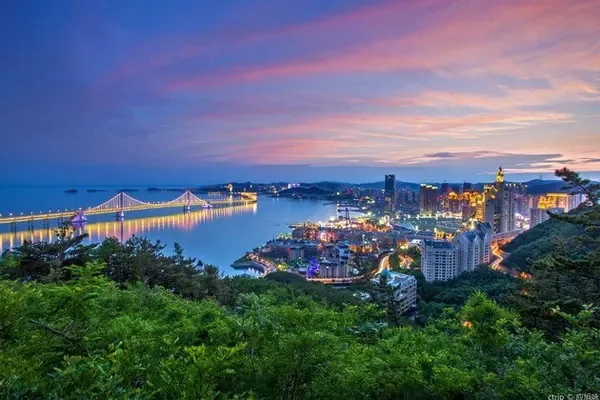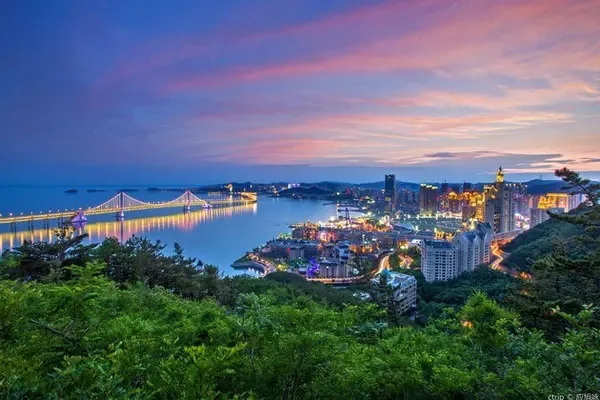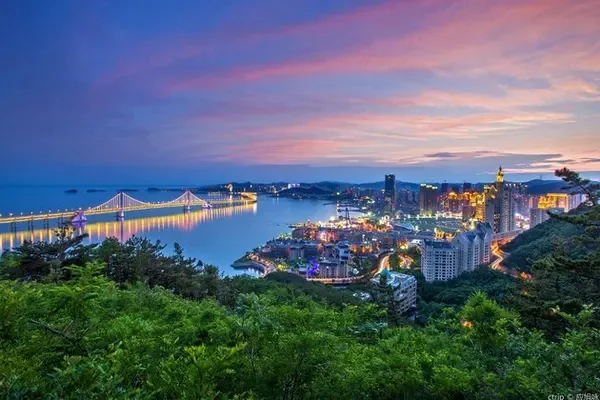Day 1: Please go to Lhasa to gather by yourself
Day 2: Pilgrimage to the Holy Land in the Sanskrit Sanskrit Temple of the Sutra Flags | Potala Palace_ Jokhang Temple_ Barkhor Street 【Today includes a one-day tour guide service】
Day 3: Lhasa_Namtso_Bamtso_Bango (The Holy Elephant Tianmen is closed due to ecological protection reasons, if it is restored at that time, it will be adjusted to go to the Holy Elephant Tianmen and return to Dangxiong)
Day 4: The northern Tibetan prairie, a piece of vitality in the vast world | Bangor-Selincuo-Tuoyu Island-Shigatse [If the Kuoqionggangri Glacier is open, adjust Damxiong_Yangbajing_Kuoqionggangri Glacier _Xigula Donggula_Shigatse]
Day 5: Shigatse_ pastoral soil forest_ Dingjie Wetland_Lhotse Peak Observation Deck_Dingri_Tashi Zongxiang
Time: 11:30: Go to the scenic spot Kanchenjunga (outside)
Kangchenjunga (Kangchenjunga, also often written as Kanchenjunga), also known as "Jinchengzhangjia Peak" and "Kangzhang Zhongge Peak", the peak name Kanchenjunga originally came from four words in Tibetan, usually translated as Kang-chen-dzo-nga or Yang- Chhen-dzo-nga means "five treasures in the snow" in Tibetan and Sikkim, which comes from its five peaks, and four of them are above 8,400 meters above sea level. Kanchenjunga is located at 88°08′48″ east longitude, 27°42′09″ north latitude, and 8586 meters above sea level. It is the third highest peak in the world. It belongs to the Himalayas and is located on the border between Nepal and India.
Time: 16:00: Activity time: About 10 minutes Great view of Lhotse Peak
Lhotse, the English name Lhotse, is 8516 meters above sea level, located at 27°57′42'' north latitude and 86°56'00'' east longitude. It belongs to the Himalayas and is the fourth highest peak in the world. Lhotse Peak means "southern mountain" in Tibetan, because it is located 3 kilometers south of Mount Everest, and there is a col between the two, which is commonly known as the "South Col". North of Mount Everest is Zhangzi Peak.
In Tibetan, Lhotse Peak is also known as "Dingjiexie Sangma", which means "blue and beautiful fairy". Bounded by the north ridge and southeast ridge of the mountain, its east side is in Qudang Township, Tingri County, Tibet Autonomous Region, China, and its west side belongs to the Federal Democratic Republic of Nepal [1] .



